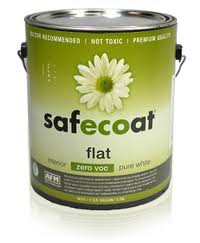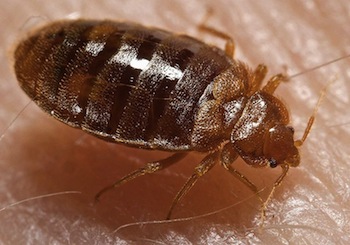About a year ago, I posted a piece with tips, ideas, and considerations for selecting green gifts. Here’s a summary recap of the 7 types of gifts I suggested in that post:
- Non-“stuff” (e.g., activities, services, or donations, rather than products)
- Homemade, handmade, or homegrown stuff
- Locally made or Fair Trade goods
- Products with green attributes or purposes
- Re-gifted items or lightly used finds
- Eminently useful things
- Small stuff
Take a look at last year’s post to see the specific ideas that I suggested within each of those categories. This year, I’d like to supplement those suggestions with a few more. In addition to the criteria listed above, you also might want to consider choosing the following types of gifts:
 Products (or services) made and sold by small, independent (and ideally local) businesses, rather than national chains or multi-national corporations. Or at least try to buy things that were Made in the USA (or whichever country you live in) to help boost the domestic economy.
Products (or services) made and sold by small, independent (and ideally local) businesses, rather than national chains or multi-national corporations. Or at least try to buy things that were Made in the USA (or whichever country you live in) to help boost the domestic economy.- Goods made or sold by companies that are members of the 1% for the Planet campaign: “a growing global movement of 1,395 companies [as of Nov. 2011] that donate 1% of their sales to a network of 2,691 environmental organizations worldwide.”
 Goods made or sold by Certified B Corporations (or Benefit Corporations), which “are a new type of corporation which uses the power of business to solve social and environmental problems.” As of Nov. 7, 2011, there are 451 Certified B Corporations. That number will be growing, as more companies achieve this certification and as more states pass laws establishing the legitimacy of Benefit Corporations. One of the Founding B Corporations is BetterWorldBooks.
Goods made or sold by Certified B Corporations (or Benefit Corporations), which “are a new type of corporation which uses the power of business to solve social and environmental problems.” As of Nov. 7, 2011, there are 451 Certified B Corporations. That number will be growing, as more companies achieve this certification and as more states pass laws establishing the legitimacy of Benefit Corporations. One of the Founding B Corporations is BetterWorldBooks.
Speaking of books, here are a few green-themed books that might interest some of the people on your gift list:
- Beautiful and Abundant: Building the World We Want, by Bryan Welch (2010)
- Reinventing Fire: Bold Business Solutions for the New Energy Era, by Amory Lovins, Rocky Mountain Institute (2011)
- Animal, Vegetable, Miracle: A Year of Food Life, by Barbara Kingsolver (2007)
Also, I might as well mention a few green product brands that are personal favorites of mine: Newman’s Own Organics; Seeds of Change; Sustainable Seed Co.; Baker Creek Heirloom Seeds; and Patagonia. I am not getting paid to recommend any of these companies.
Lastly, here are some online resources for additional information on green products and reducing wasteful consumption:
- Green America: click on the Green Gift Guide, Responsible Shopper, and Fair Trade links
- TisBest Charity Gift Cards
- SoKind Registry (or online, non-materialistic Wish Lists)
- Good Guide: ratings of safe, green, healthy, and ethical products
- Center for a New American Dream
Related posts:
Greener, More Gratifying Gifts (added November 2015)
Green Goods: Beneficial Products and Gifts (added November 2012)
Good Duds: Sustainable and Responsible Clothing (added October 2013)
Benefit Corporations and B Corps: Businesses for the Common Good (added July 2013)
Lesser-Known Organizations that are Worthy of Support (added December 2012)









 The sustainability of one’s home depends as much (if not more) on its
The sustainability of one’s home depends as much (if not more) on its  …is located close to your (and your family’s) jobs and schools; close to shops, parks, civic buildings, and other services and amenities your family regularly uses; and close to public transit stops—ideally within
…is located close to your (and your family’s) jobs and schools; close to shops, parks, civic buildings, and other services and amenities your family regularly uses; and close to public transit stops—ideally within 
